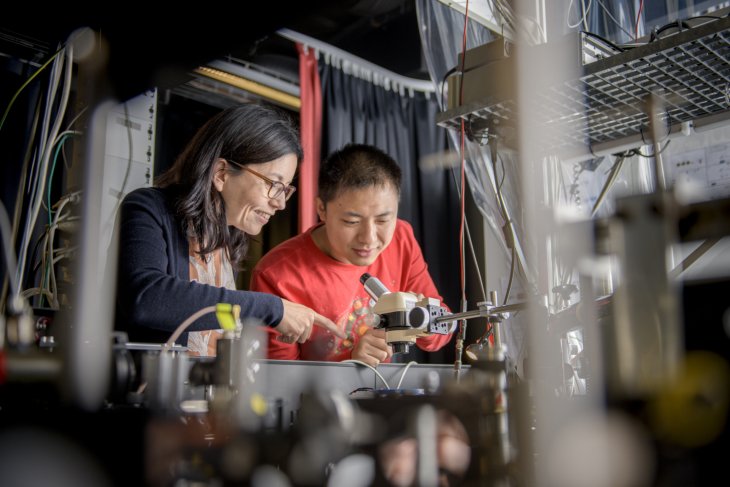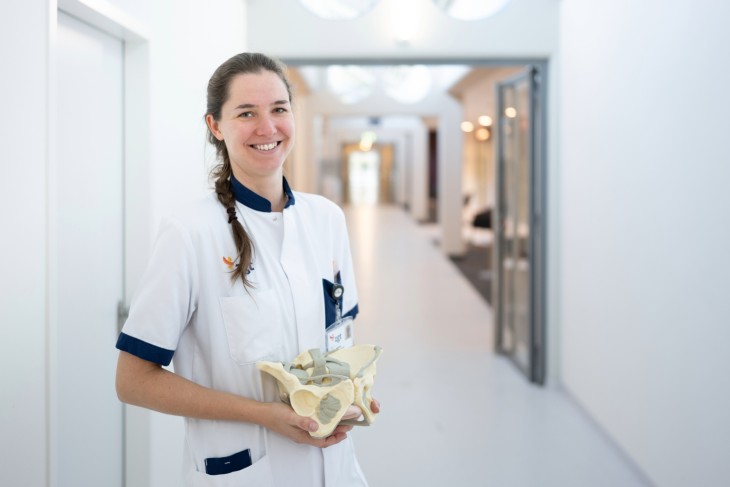Why do we need new methods to diagnose sepsis?
‘Sepsis is a very acute, deadly and complex disease. It evolves incredibly fast. Every hour that passes increases a chance of the patient’s death by many percent. If doctors suspect a patient has sepsis, they have to do standard measurements, such as taking temperature and blood pressure, and they need to send a blood sample to the lab. It takes hours before the results come back, and they still provide only limited information, based on which the doctor needs to decide if and how to treat the patient.
Because of this, doctors need a device that can detect many different sepsis biomarkers in a short amount of time – using only a drop of blood. We are aiming to develop such a device. If we are successful, it could dramatically decrease mortality among patients.’
Can you describe how the device should work?
‘We will work on a device that can detect up to fifty biomarkers – eventually. It’s very complex, because we need to sense many different factors, such as whether the infection is bacterial or viral, and so on.’
And how does it look like?
‘To picture the device, it will be a photonics integrated circuit (PIC) with microfluidics on top. We will add a drop of plasma, and there will be lasers coupled into the device, together with an array of detectors. Essentially, the device will contain electronics that can read the laser outcome, and algorithms that will analyze the data.’
How does this research relate to your other work?
‘I have been developing various sensors, and I want them to make a real difference. My previous project focused on cancer detection, which is very relevant. However, in case of cancer, the exact speed of detection is not as important as in case of sepsis. With sepsis, fast diagnosis is absolutely crucial – and proper diagnosis can only be achieved by sensing many biomarkers. As soon as I learnt about this, I realized that our sensors could make a real difference here.’
What is your ultimate hope for this project?
‘The main challenge of the research is being able to detect so many markers at the same time. This makes the project a great challenge – with the potential for a great breakthrough. If we succeed, our method can become useful for other acute diseases. Hopefully we can make a real impact.’




